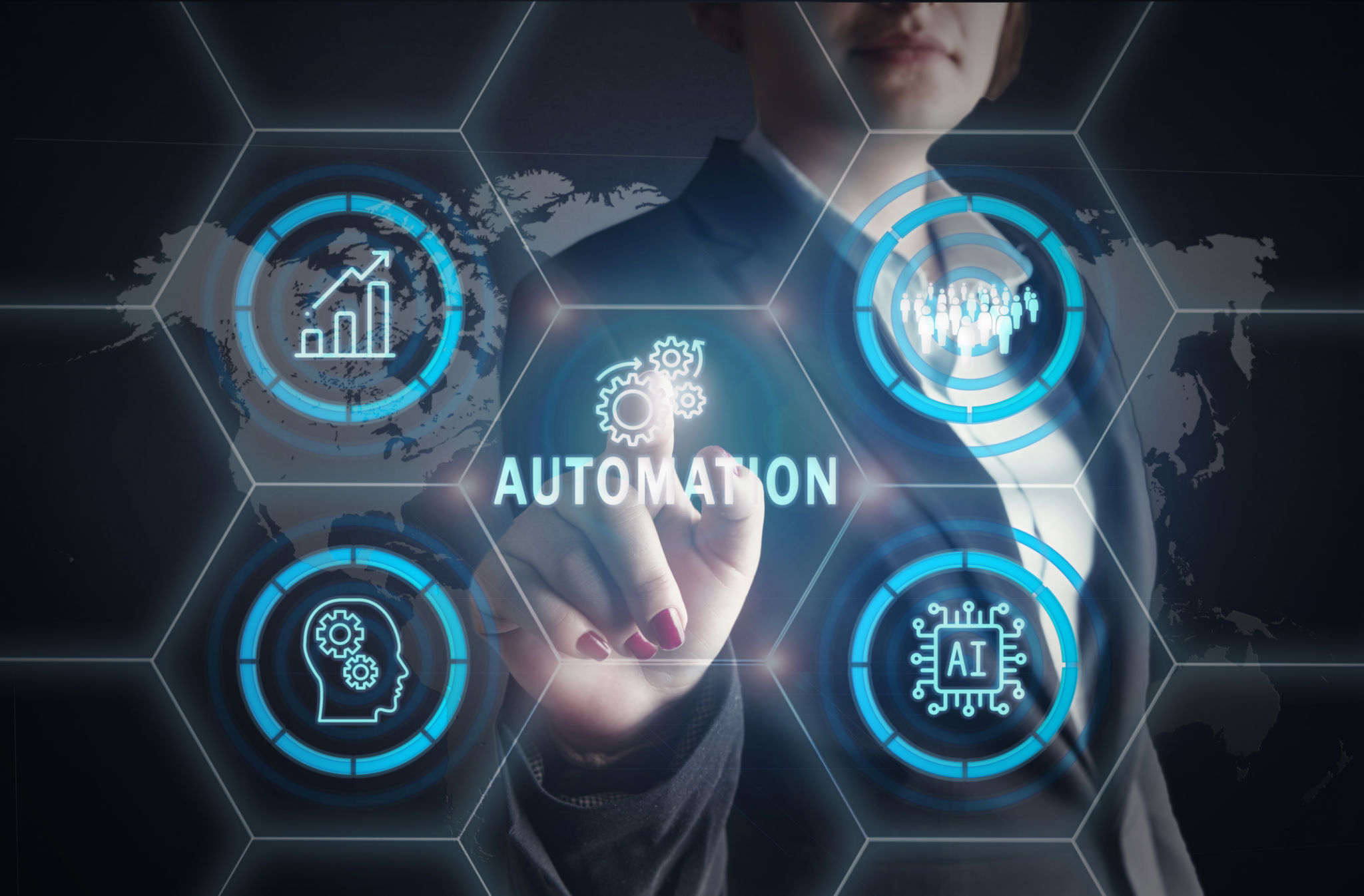Using AI in Dropshipping: A Step-by-Step Guide
Understanding AI in Dropshipping
Artificial Intelligence (AI) has transformed numerous industries, and the dropshipping sector is no exception. By leveraging AI, businesses can optimize their operations, improve customer experience, and ultimately increase profits. This guide will provide a step-by-step approach to integrating AI into your dropshipping business.

Step 1: Automating Product Research
One of the most time-consuming tasks in dropshipping is product research. With AI-powered tools, you can automate the process of identifying trending products and predicting their success rates. These tools use data analytics to assess market trends and consumer behavior, enabling you to make informed decisions without spending countless hours researching manually.
Consider using AI tools that specialize in competitor analysis. These tools can evaluate your competitors' best-selling products, pricing strategies, and customer reviews, giving you a competitive edge.
Step 2: Enhancing Customer Experience
AI chatbots are revolutionizing customer service in dropshipping. They can handle inquiries around the clock, providing instant responses to common questions. This not only improves customer satisfaction but also frees up time for you to focus on other critical aspects of your business.

Additionally, AI can personalize customer experiences by analyzing purchasing patterns and preferences. This allows you to tailor recommendations and promotions, increasing the likelihood of repeat purchases.
Step 3: Streamlining Inventory Management
Inventory management is crucial in dropshipping, where stock levels directly impact customer satisfaction and sales. AI technology can predict demand and optimize stock levels, ensuring you never oversell or understock products.
By utilizing AI-driven inventory systems, you can receive real-time updates on stock levels and automatically reorder products when inventory runs low. This reduces manual work and minimizes errors.

Step 4: Optimizing Pricing Strategies
AI algorithms can help you develop dynamic pricing strategies that maximize profits while remaining competitive. These algorithms analyze market trends, competitor pricing, and customer behavior to suggest optimal pricing for your products.
Implementing AI-driven pricing tools allows you to adjust prices in real-time, ensuring you always offer the best value to your customers without sacrificing your profit margins.
Step 5: Leveraging AI for Marketing Automation
AI can significantly enhance your marketing efforts by automating tasks such as email campaigns, social media posts, and digital advertising. These tools use machine learning to optimize content distribution and target the right audience at the right time.

By integrating AI into your marketing strategy, you can increase engagement rates and drive more traffic to your store. This leads to higher conversion rates and ultimately boosts your bottom line.
Conclusion
Incorporating AI into your dropshipping business can streamline operations, improve customer service, and boost profitability. By following these steps, you'll be well on your way to leveraging AI's full potential in the ever-evolving world of e-commerce.
